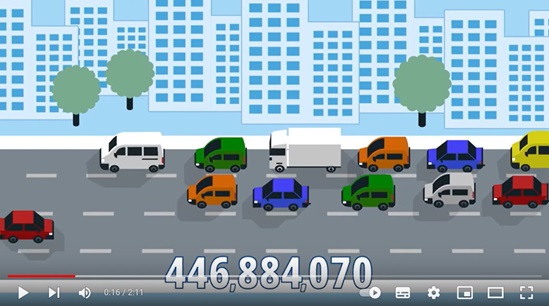Noise
Noise has emerged as an important environmental risk factor in the WHO European Region, and public complaints about excessive noise are increasing. Studies have also documented health inequalities in noise exposure, that is, an association between exposure to harmful levels of noise and socioeconomic status.
Excessive noise seriously harms human health and interferes with people’s daily activities at school, at work, at home and during leisure time. It can disturb sleep; cause adverse cardiovascular, metabolic, psychophysiological and birth outcomes; lead to cognitive and hearing impairment; reduce performance; and provoke annoyance responses and changes in social behaviour.
The most relevant sources of noise include means of transportation (for example, aircrafts, trains and motor vehicles), industry (for example, wind turbines), and leisure activities.
Estimates for the European Union indicate that approximately 1 in 5 people, or 100 million citizens, are exposed to unhealthy levels of road traffic noise, and that at least 392 000 healthy years of life are lost to illness, disability or early death each year because of road, rail and air transport-related noise exposure.
WHO reviews the evidence on the health effects of noise and uses it to develop technical and policy guidance to protect the health of populations, including vulnerable groups. It coordinates the development of the WHO Environmental Noise Guidelines for the European Region, and supports countries in formulating policies and measures that protect health from environmental noise.
The Guidelines provide comprehensive guidance on protecting human health from harmful exposure to environmental noise, and set health-based recommendations on average exposure from the most relevant sources.
Measures to reduce environmental noise, such as adoption of sustainable forms of transport, can also deliver other benefits such as reduced air pollution. Increased implementation of the Guidelines and of the European Union Environmental Noise Directive (2002/49/EC) would help tackle noise as a public health issue to benefit all populations.
In collaboration with the European Environment Agency, WHO/Europe gathers information on the implementation of the Guidelines. It also supports decision-making processes by enhancing methodologies for health risk assessment of environmental noise. Current activities are focused on the development of a new measure to reflect the relative disability of health outcomes associated with environmental noise.









